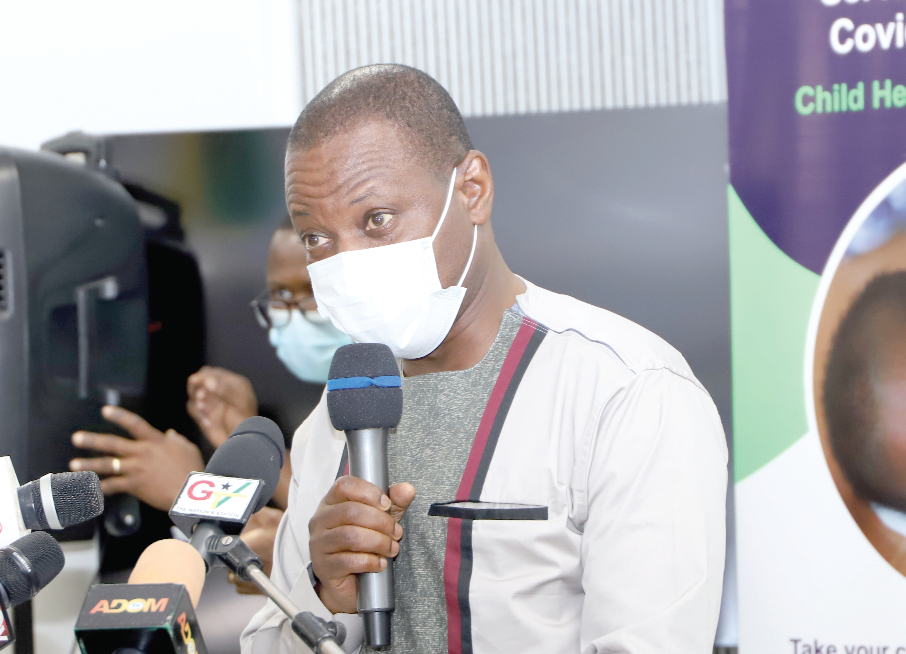
GHS phases out methylated spirit for treatment of umbilical cord
The Ghana Health Service (GHS) has completely phased out the use of methylated spirit in the dressing and care of umbilical cord among newborns.
The service has, in accordance with the World Health Organisation (WHO) guidelines, adopted chlorhexidine, an antiseptic found to be more effective in preventing umbilical cord infections in newborns.
Advertisement
It has, therefore, urged new mothers to take note of the new policy and desist from using unapproved substances in the treatment of the umbilical cord, stressing that doing so can put the lives of their babies in danger.
At a news conference in Accra yesterday, a Deputy Director of the Family Health Division of the GHS, Dr Isabella Sagoe-Moses, said the new policy was in response to the WHO's recommendation in 2018 that countries that had high mortality rate at the time adopted chlorhexidine as a better way of preventing infection of the umbilical cord.
She said the adoption of chlorhexidine in umbilical cord care in newborns would reduce neonatal mortality and morbidity in the country.
“Methylated spirit has been changed to chlorhexidine because chlorhexidine is better antiseptic to prevent infection of the umbilical cord, and it is more effective,” she said.
Dr Sagoe-Moses added: “So immediately after delivery, as soon as the cord is cut, chlorhexidine is applied and the mother is given a tube of chlorhexidine to take home to apply daily to the cord until it drops off and heals.”
Child Health Week
The news conference formed part of activities marking the 2021 Child Health Promotion Week (CHPW), which started yesterday (Monday, May 10, 2021) and will end on Friday, May 14, 2021.
The GHS instituted the CHPW in 2004 as one of the sustainable ways of improving coverage of preventive child interventions.
The goal was to, among others, reduce child mortality and morbidity by creating awareness to increase demand for essential child health services.
Among the services usually delivered during the CHPW are childhood immunisation and Vitamin A supplementation; growth monitoring and promotion; nutrition counselling and support for optimal breastfeeding and complementary feeding, and promotion of the use of insecticide treated bed nets.
This year’s exercise is on the theme: “Sustaining child health services in the midst of the COVID-19 pandemic”.
Outlining some of the achievements of the CHPW, Dr Sagoe-Moses said the initiative had contributed to a reduction in under-five mortality rate from 111 per 1,000 live births to 52 per 1,000 live births.
“Great gains have been made, and our records indicate that there has been a 53 per cent reduction in under-five mortality rate between 2003 and 2014,” she said.
Wider coverage
The Director-General of the GHS, Dr Patrick Kuma-Aboagye, said although essential child health services were always available in public health facilities and outreach points, they were not routinely accessed by all, hence the need to increase awareness.
He said the implementation of the CHPW had contributed to a steady increase in the proportion of children under two years who were fully immunised, among other achievements.
“The Ministry of Health and the Ghana Health Service are urging the general public to support actions that save lives and prevent disabilities by ensuring that children under five years benefit fully from all services offered at the Child Welfare clinics,” he said.



